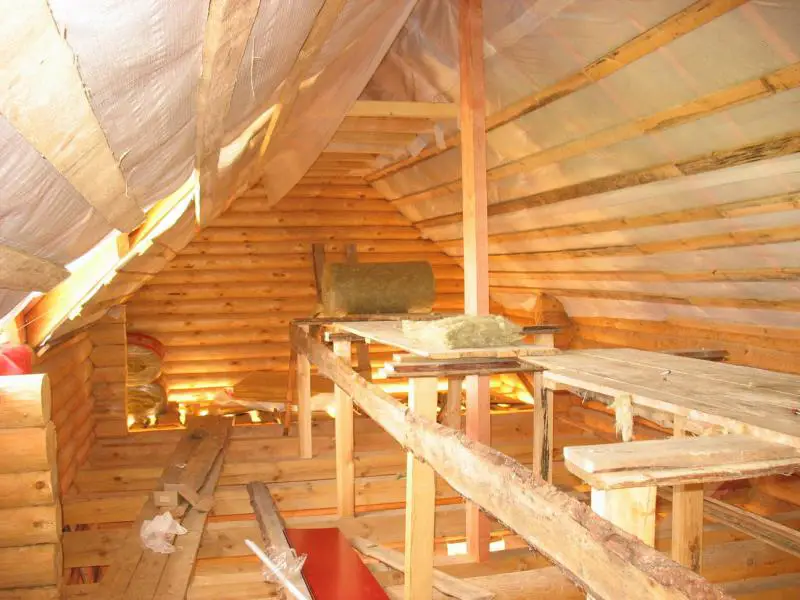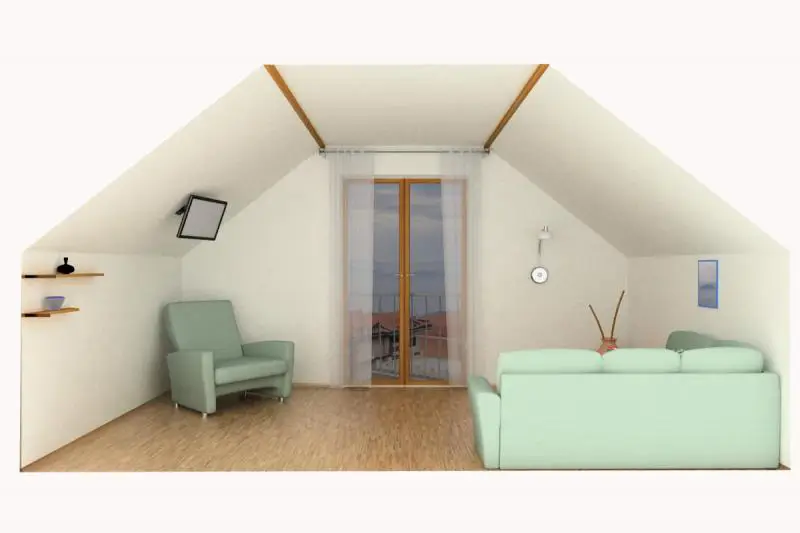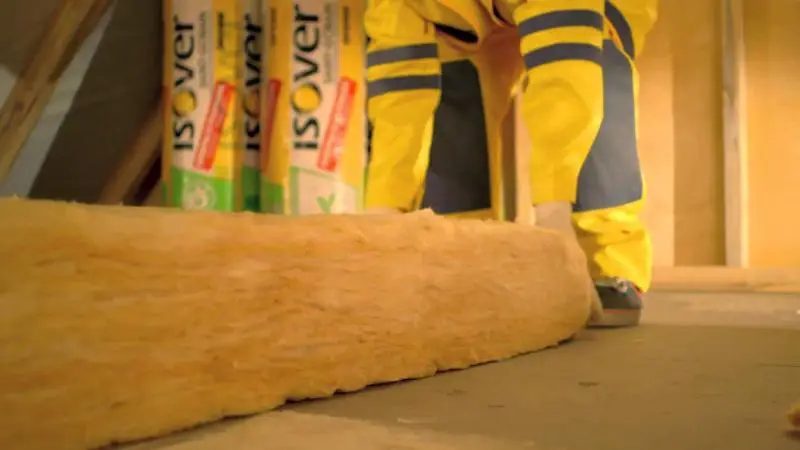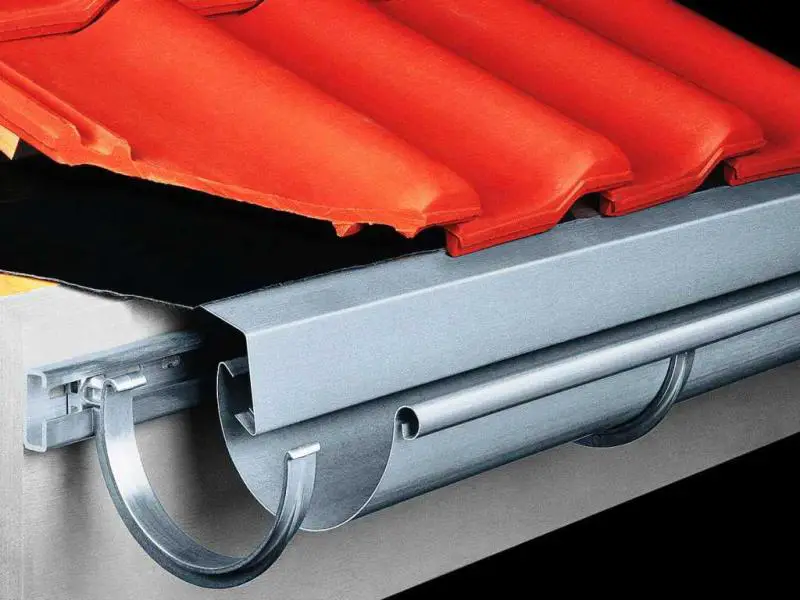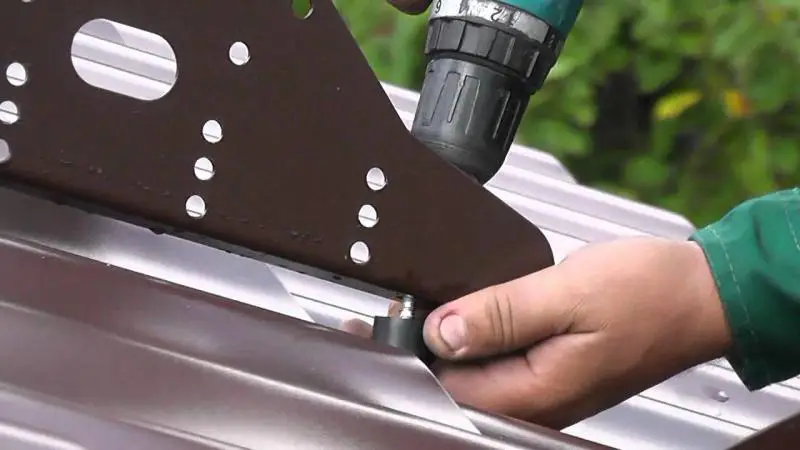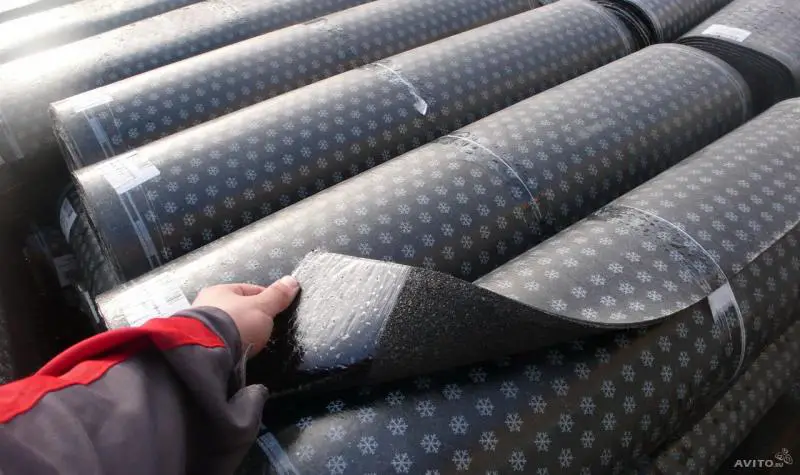There can be your advertisement
300x150
Lawn DIY
Do you have a small garden plot and are tired of granny’s beds? Or are you a lucky owner of a country house with large land areas? In any case, you can't do without a lawn — a green zone.
It's quite easy to create a lawn yourself, just follow a few simple but essential rules.

Preparing the Base for the Lawn
First, decide on the location for your lawn. Use stakes and string to outline the area. These markers will also help determine the desired lawn height.
Then remove anything that hinders further soil tilling: stones, roots, garden ornaments, etc.
Soil Preparation
Analyze the type of soil on your plot. If it's unsuitable for lawn seeding—such as fill soil from a foundation trench—remove the top 15 cm and replace it with fertile soil mixed with appropriate fertilizers. If the soil is heavily clayey, mix it with sand. Adding peat, loam, and fertilizers is also beneficial.
To prevent weeds from spoiling the lawn’s appearance later, remove all roots and stems of weeds before planting. There are two methods: mechanical (manual) and chemical.
The manual method doesn’t guarantee complete removal of all root systems and stems. Also, prolonged bending forward may harm your health.
The chemical method is modern and safe when instructions are followed. Commonly used products include Roundup or similar. Spray the area with a solution prepared exactly as directed on the packaging. Since these chemicals break down over about two weeks, wait before sowing grass seeds.
The next essential step is compacting the base. Professionals use specialized rollers. Alternatively, use a sheet of plywood or metal. Place it on the ground, step on it, then move it forward and repeat until the entire area is evenly compacted. Ensure no footprints or uneven spots remain.

Grass Seeding
When choosing grass seeds, clearly understand the lawn’s purpose. There are several types:
- garden or park lawn;
- ornamental or parterre lawn;
- Moorish (Moorish) lawn;
- sports or long-term lawn.
The ornamental or parterre lawn is the most demanding in maintenance and usage. It’s mainly for decoration and design purposes and doesn’t tolerate frequent foot traffic.
The Moorish lawn is a mix of grass seeds and flowering plant seeds, creating a decorative green carpet with vibrant colors.
The garden or park lawn is low-maintenance and tolerant. It copes well with occasional neglect, like forgetting to water or mow.
The most durable lawn, of course, is the sports lawn. It’s best suited for green areas used for children’s games, fun, and competitions.
Before seeding, walk over the tamped soil with a rake. Follow the recommended seeding density on the seed packet—don’t save on seeds (to avoid bare patches), but don’t overdo it (to prevent overcrowding and poor nutrition).
Use the crisscross method: walk along the length, spreading seeds, then cross in the opposite direction. This ensures even distribution. Then cover seeds with about 2 cm of soil, raking it evenly.
Water the soil using a watering can or a hose with a gentle flow and diffuser nozzle to avoid washing seeds out.
Water the new lawn daily, but not heavily. First shoots will appear in less than a week, and the lawn will be fully green in under a month.
The first mowing should only be done when the grass has grown over 7 cm.
That’s it—your lawn is ready. Enjoy its peaceful green, but remember to maintain it regularly.
